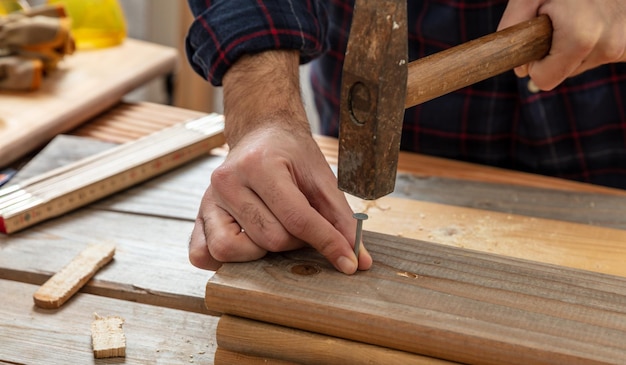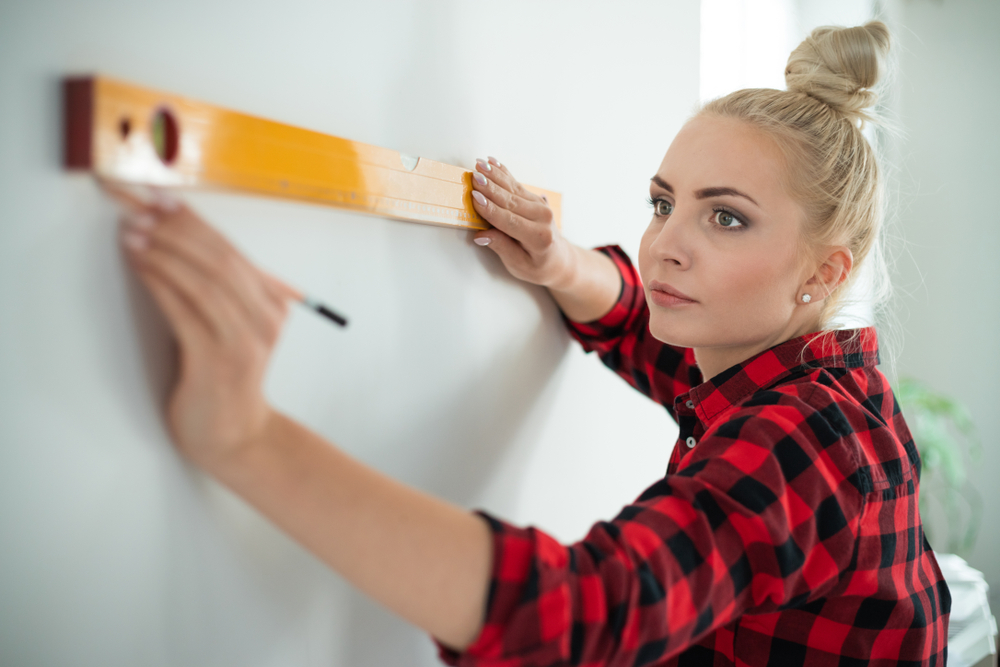
Welcome to 'Unleashing Your Green Thumb: A Guide to Creating Your Own Home Garden.'
This comprehensive article aims to provide you with practical and detailed instructions on how to successfully cultivate a thriving garden right in your own backyard.
From selecting the ideal location and testing the soil to choosing the right plants and preparing the garden bed, we will equip you with the knowledge and tools necessary to embark on your gardening journey with confidence and freedom.
Let's get started!
Garden Location
When choosing a garden location, it is crucial to consider factors such as sunlight, soil conditions, and accessibility.
The type of soil plays a significant role in the success of your garden. Different plants thrive in different soil types, so it is essential to determine the composition of your soil. Conduct a soil test to determine its pH level, nutrient content, and drainage capabilities. Based on the results, you can amend the soil accordingly to create the ideal growing conditions for your plants.
Additionally, sunlight requirements vary among plants. Some plants thrive in full sun, while others prefer partial or full shade. Observe the amount of sunlight your chosen location receives throughout the day to ensure it meets the needs of your selected plants.

Test the Soil
To ensure optimal plant growth and productivity, it is imperative to conduct a thorough soil test as part of your garden preparation process. Testing the soil will provide valuable insights into its composition and inform you about any necessary amendments or adjustments that need to be made.
Here are four key reasons why soil testing is crucial for your home garden:
- Understanding soil composition: A soil test will reveal the pH level, nutrient content, and organic matter present in your soil. This information is essential for determining the types and quantities of fertilizers or soil amendments needed to create a balanced growing environment.
- Customizing nutrient management: By knowing the nutrient deficiencies or excesses in your soil, you can tailor your fertilization strategy accordingly. This will prevent over-application of certain nutrients and ensure that your plants receive the necessary elements for healthy growth.
- Diagnosing soil-related issues: Soil testing can help diagnose problems such as nutrient imbalances, acidity or alkalinity issues, or the presence of contaminants. Identifying these issues early on allows for timely corrective actions.
- Optimizing plant selection: Different plants have specific soil requirements. By testing your soil, you can determine which plants are best suited for your garden, maximizing their chances of thriving.
Select Plants
After thoroughly testing the soil and ensuring optimal conditions for plant growth, it is essential to carefully select the appropriate plants for your home garden. Plant care is crucial to the success of your garden, and choosing the right plants will make this task easier. When selecting plants, consider factors such as the climate in your area, the amount of sunlight your garden receives, and the soil conditions.
Research different varieties of plants that thrive in your region and are suited to the specific conditions of your garden. Gardening tips and tricks can help you narrow down your choices and select plants that are low-maintenance and suitable for your level of gardening expertise. Additionally, consider the purpose of your garden – whether it's for aesthetic appeal, growing your own food, or attracting pollinators – and choose plants accordingly.
Purchase Gardening Supplies
To properly equip your home garden, begin by purchasing a variety of essential gardening supplies. Here are four items that you should consider adding to your shopping list:
- Gardening tools: Invest in a set of high-quality tools such as a trowel, pruning shears, garden fork, and a watering can. These tools will help you dig, prune, and water your plants effectively.
- Soil and fertilizers: Good quality soil is the foundation of a healthy garden. Purchase nutrient-rich soil and organic fertilizers to provide essential nutrients to your plants.
- Plant containers: Depending on the type of plants you choose, you may need containers to grow them in. Consider purchasing pots, planters, or hanging baskets to accommodate your plants.
- Protective gear: Safety should be a priority when gardening. Purchase gardening gloves, a wide-brimmed hat, and sunscreen to protect yourself from the sun and potential injuries.
When purchasing gardening supplies, consider online shopping for convenience and a wide range of options.
Prepare the Garden Bed
One crucial step in creating your own home garden is preparing the garden bed. Garden bed maintenance plays a significant role in the success of your plants.

Before you start planting, it is important to analyze the soil composition to ensure it is suitable for your desired plants. Conducting a soil composition analysis will help you determine the pH level, nutrient content, and texture of the soil. This information will guide you in making necessary amendments to improve the soil quality.
Garden bed maintenance also involves removing weeds, loosening the soil, and adding organic matter such as compost or manure to enrich the soil. Taking the time to properly prepare your garden bed will provide a solid foundation for healthy and thriving plants.
Frequently Asked Questions
How Often Should I Water My Plants in the Home Garden?
To ensure the optimal growth of your plants in a home garden, it is important to water them consistently. The frequency of watering depends on various factors such as plant type, weather conditions, and soil moisture levels.
What Are Some Common Pests and Diseases That Can Affect Home Gardens and How Can I Prevent or Treat Them?
Preventing pests and treating diseases in home gardens is essential for maintaining a healthy and thriving garden. Common plant diseases can be controlled with organic pest control methods and natural remedies for garden pests, ensuring a sustainable and vibrant garden.
Can I Grow Fruits and Vegetables in My Home Garden, or Is It Only Suitable for Flowers and Ornamental Plants?
Growing fruits and vegetables in a home garden is not only possible but highly recommended for a sustainable and nutritious lifestyle. By choosing the right plants and creating an optimal growing environment, you can maximize fruit and vegetable production in your own backyard.
Are There Any Specific Gardening Tools or Equipment That I Need to Invest in for Maintaining My Home Garden?
When maintaining a home garden, it is essential to invest in gardening tools and equipment. These include watering cans, pruners, shovels, and gloves. Regular maintenance, such as watering frequency, pest prevention, and understanding the plant growth timeline, is crucial for successful fruit and vegetable growth.
How Long Does It Usually Take for Plants to Grow and Produce Flowers or Fruits in a Home Garden?
The average growth time for plants to produce flowers or fruits in a home garden depends on various factors such as plant species, growing conditions, and care provided. It can range from a few weeks to several months.
